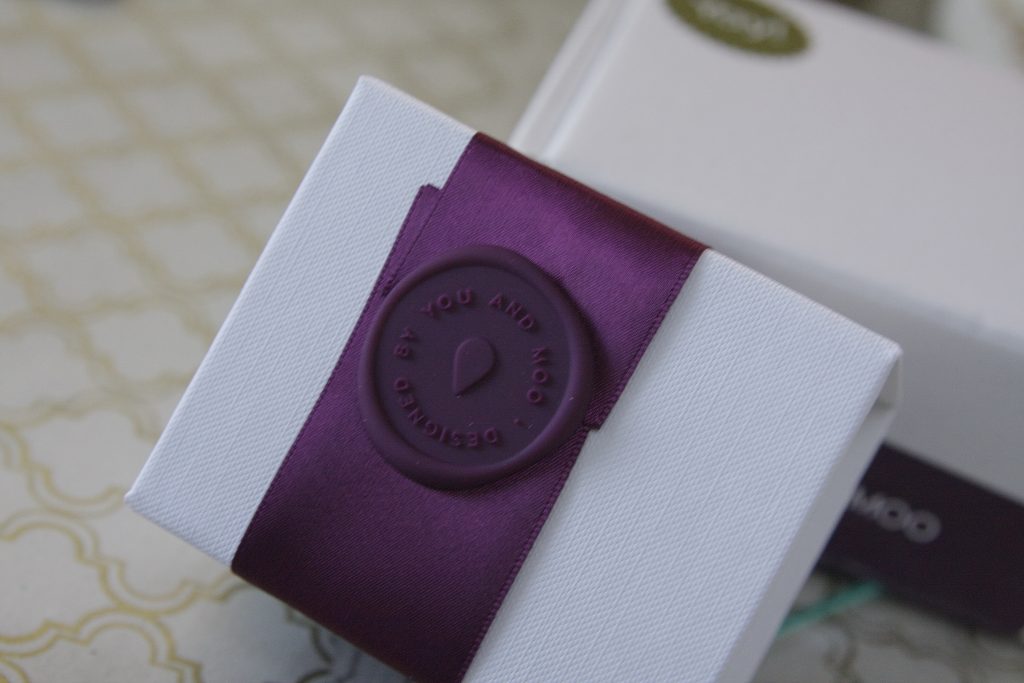
If you’re someone who frequently attends networking events or meets new people in a professional setting, you know the value of a business card. Business cards are an essential tool for exchanging contact information and making meaningful connections. However, with the accumulation of these cards, it can become challenging to keep them organized and easily accessible. In this article, we will explore different methods and strategies for storing business cards effectively. Read on to discover the best practices for managing your contacts and never lose track of an important connection again.
The Importance of Storing Business Cards Properly

Before we delve into the various storage methods, let’s take a moment to highlight why it is crucial to store business cards properly. Business cards serve as a physical reminder of the people you’ve met and the potential opportunities they represent. When managed effectively, these cards can help you expand your network, nurture professional relationships, and even secure new business ventures.
By storing business cards systematically, you can easily retrieve contact information, recall shared experiences, and personalize future interactions. Furthermore, an organized collection of business cards demonstrates professionalism and attention to detail, leaving a positive impression on your connections.
Sorting and Categorizing Your Business Cards

To start storing business cards effectively, it is essential to sort and categorize them appropriately. This step allows for easy retrieval when you need to find a specific contact or reference past conversations. Here are some useful tips for sorting and categorizing your business cards:
1. Alphabetical Order
One of the simplest and most practical methods is to sort business cards alphabetically. Arrange them by the contact’s last name, using dividers or alphabetical tabs. This approach helps you quickly find a specific contact by simply referring to the corresponding alphabetical section.
2. Industry or Profession
Another effective way to categorize business cards is by industry or profession. This method can be particularly useful if you network with professionals from various sectors. Creating designated sections for different industries allows for easy access to contacts based on their field of expertise.
3. Frequency of Contact
Consider sorting your business cards based on the frequency of contact or their level of importance. You can categorize them into sections such as “Frequent,” “Occasional,” or “Priority.” This method ensures that you give priority to maintaining relationships with your most significant contacts.
4. Event or Date
If you attend numerous networking events or conferences, you may find it useful to sort business cards by the date or event at which you collected them. This organization method enables you to recall where and when you met someone, allowing for more personalized follow-ups.
Various Methods for Storing Business Cards
Now that you have categorized your business cards, it’s time to explore different storage methods. Your choice will depend on personal preference, practicality, and the size of your collection. Let’s consider some popular options:
1. Traditional Rolodex
The traditional rolodex has been a trusted companion for storing business cards for decades. Its rotating design allows for easy browsing and retrieval. Each card is neatly placed on a spindle, making it accessible with a simple flick. However, with digital alternatives, the traditional rolodex may seem outdated to some.
2. Business Card Binders
A popular choice for storing business cards is a binder designed specifically for this purpose. These binders typically have transparent plastic pocket pages, where you can slide each business card for safekeeping. Binders are available in various sizes, allowing you to expand your collection conveniently.
3. Business Card Sleeves or Pouches
For a more compact and portable option, consider using business card sleeves or pouches. These are small, compact holders that can easily fit into a bag or pocket. Similar to the binder option, they feature transparent pockets to slide in your business cards securely.
4. Digital Solutions
In the digital age, going paperless is increasingly popular. Many smartphone apps allow you to scan and store business card information digitally. These apps often have features like optical character recognition (OCR) to instantly capture contact details from the scanned cards. The advantage of digital solutions is that you can access your contacts anytime, anywhere, even if you don’t have physical cards on hand.
Maintaining and Updating Your Collection

Now that you’ve established a system for storing business cards, it’s crucial to maintain and update your collection regularly. Here are a few tips to help you stay on top of your contact management:
1. Regular Review and Clean-up
Set aside time periodically to review your business card collection. Remove any outdated or irrelevant cards, ensuring that you only keep contacts that are still relevant to your network. This practice will help streamline your collection and avoid clutter.
2. Digital Backup
If you choose to store your business cards digitally, be sure to back up your data regularly. This precaution will protect against loss or hardware failures. Consider using cloud storage services or regularly exporting your data to a backup file.
3. Add Notes or Tags
When you receive a business card, it can be helpful to jot down notes or add tags to remind you of specific details or conversations. This additional information can be invaluable when following up or reconnecting with contacts in the future.
Conclusion

Storing business cards effectively is essential for managing your professional contacts and maximizing your networking efforts. By implementing a systematic method for sorting, categorizing, and storing your cards, you can streamline your collection and easily retrieve essential contact information. Whether you opt for traditional methods such as binders and rolodexes or embrace digital solutions, maintaining an organized card collection will help you build and strengthen professional relationships. Start implementing these strategies today and never miss out on an opportunity to connect with valuable contacts again.
Ethan is a branding enthusiast and a master of storytelling. With a background in advertising, he leverages his expertise to explore the art of graphic design and its impact on business. In his free time, Ethan enjoys photography and capturing the world’s visual intricacies.